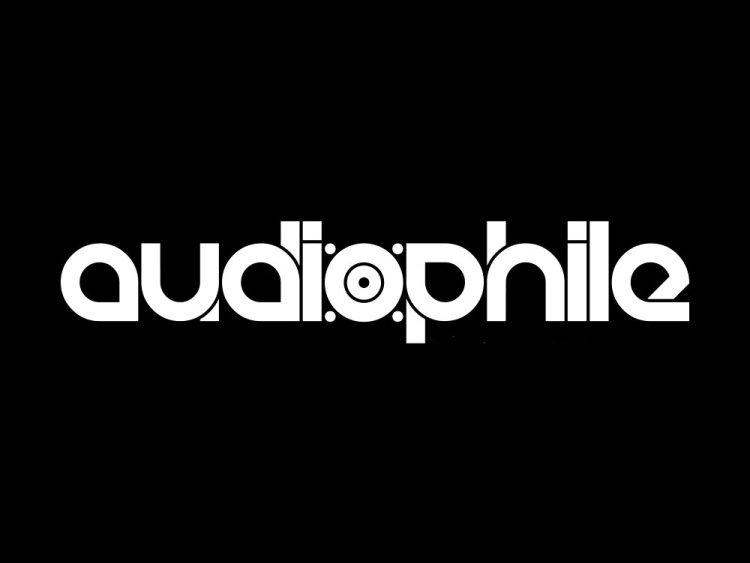
Audio Lingo can be very confusing. People can mean different things when they talk about musicality and the same goes for many more audiophile words to describe how a component sounds.
Terms like analytical, musical, fast, warm etc, what do they mean? Or, more to the point, what do I mean by them?
People can mean different things even though they use the same vocabulary when describing the sound of a given component. This is because audio lingo, the terms with which we metaphorically describe what we hear, much like how people describe wine, is relatively relative. Okay, that doesn’t help you one bit. I know. But still, like in the wine business, if you grow accustomed to the lingo and talk with many people about it, you wind up using more or less the same terms.
In this article, I want to present you with a list that contains the terms that I use most in my reviews to describe the sound of components. My lingo stems from a compilation of everything I heard or read over a very long period. As such, I feel that it is pretty universal, but nevertheless I sometimes receive emails from people who like a more sharply delineated explanation of what I mean exactly by certain terms. So here is the list.
Accurate
The ability to finely resolve even minute details; reproducing exactly what’s on the recording. As such, accuracy needn’t be the same as musicality. In its most extreme form, accuracy can lead to what I call clinicality, in which it is all technically very good, but somehow the emotion is missing.
Analogue
Originally and factually this refers to the absence of any digital processing, ie the recording is usually made on tape and playback is usually from LP. Lately, I’ve also used the term to describe digital gear as coming close to the analog ideal. Basically this refers mostly to the treble which, in digital, can lack air, be dry and grainy. If the highs are extended, airy, fluid and finely resolved, I feel that the recording is closer to what good analog is capable of. Of course, there are other factors as well to make for an analog feel besides the treble, such as a rich tonality and the ability to portray both dynamic, fast-transient behaviour and still have excellent fluidity and long decays at the same time. This is usually very difficult for digital. Digital can be fast and dynamic or it can be smooth and relaxing but being both simultaneously is much more difficult to achieve. The term Analogue is often likened to another often misused term: Tube-like. Both can be used to refer to a warm, smooth, thick and relaxed sound but neither analog nor tube need sound like these stereotypical descriptors.
Aggressive
The opposite of tame; the sound really barks at you in an unrestrained manner. It leaps from the speakers and grabs you by the throat and sounds angry while doing it. Some people like this kind of sound and find it more exciting and this kind of exaggeration can actually work better with (hard) rock than a super-clean sound would.
Analytical
The property of equipment to make even tiny differences in software or cables audible, need not be negative but can also be used in a negative way, see Clinical
Artifice
See Synthetic/Plastic/Filtered
Attack
Related to dynamics, edginess, aggression and transients. Having lots of attack means that the sound is dynamic and transients are very sharply delineated and/or tight. Having lots of attack can also lead to a perceived dry or “digital” sound.
Audiophile
A term that I avoid to use. It is used to indicate that a recording of piece of equipment is better than stock mass-produced components due to extra attention to various steps of production. Usually, for components, this means that they are tweaked and/or use higher-grade materials and components.
Clinical
Used to indicate the sense of being in a high-tech infirmary: it is all very clean and technically trustworthy but stripped of all comfort and not very cozy. Clinical is an increased kind of Analytical.
Control
The ability of any component to precisely follow the input signal and/or to minimize some cable properties. Too little of this can lead to a flabby, rounded bass (that might sound very pleasant). Too much of this tends to lead to a technically very accurate sound that nevertheless can sound very dull and overly controlled. It can lead to the feeling of having an Analytical or Clinical sound. Too much control tends to take away some of the lyrical aspects and PRaT.
Creamy
It is the equivalent of a sauce with lots of butter in it or the richness in milk chocolate. In other words, it indicates that the sound is smooth and rich and anything but dry. Having a heavy dose of creaminess often also implies that the sound may be less than precise, fast or dynamic.
Damping Factor
The ability of an amplifier to control a loudspeaker which can be aided by using more Feedback. Too little of this can lead to a flabby, rounded bass (that might sound very pleasant). Too much of this tends to lead to a technically very accurate sound that nevertheless can sound very dull and overly controlled. It can lead to the feeling of having an Analytical or Clinical sound. A damping factor that is too high for a given speaker tends to take away some of the lyrical aspects and PRaT. The required amount of damping factor depends on the combination of amp and speaker which makes this a tricky aspect and something to be well aware of.
Decay
The extended fine reverb, echoes, and wooshes that follow the initial transients of sounds. In digital, there is a tendency (or perception) to cut off decaying notes too early. Analog is typically much better at this although you could also accuse tape of even adding extra decay and or ambiance due to hysteresis in coils and other artifacts. But in my opinion, you can better have too much than too little.
Dynamic
Lively, the opposite of dull. Officially it is used to describe the difference between the softest sound and the loudest one. The larger the difference, the greater the dynamics. But many people don’t perceive it like this. For example, when a CD is produced with a lot of compression it sounds very loud and dynamic while in fact the dynamic range is greatly reduced because all the sounds are played back within a couple of dB’s.
Edgy
Can be the result of having overly sharp (etched) transients. Indicates that the sound has extra sharpness and is not rounded or pleasant. It can also give the impression of attack, which can actually work to produce a more impressive sound with some kinds of music.
Emotionally Appealing
This term is used to indicate that the sound is pleasant, enjoyable and speaks to the heart and/or makes the foot tap. It is not necessarily but can be, technically very accurate. I prefer to use this term to the term “Musical”.
Feedback
A circuit in power amplifiers that compares the input signal to the output signal and applies correction in a pre-set ratio. A high amount of Feedback usually results in a high damping factor. In generic, the more feedback, the lower the measured distortion and theoretically the more accurate the signal. In practice, however, too much feedback usually takes away the emotional appeal in music and can lead to a clinical sound with less PRaT. There are two kinds of feedback: Local and Global. The former measures only in the power amp part and the latter measures the entire amp from input to output. Generally, local feedback is considered to be the purer approach but it is more difficult to implement well. There are amps that are advertised as having no feedback but usually, that means that they still use local feedback but not global feedback.
Fluid
Fluidity is analogous to water. It runs freely and this is how you can project it onto sound: free-flowing, ie not strict, dry or over-controlled. Fluidity is often likened to analog or tube sound.
Focused
The opposite of fuzzy. It refers to the images inside the soundstage being sharply delineated. You can clearly see the various instruments and singers in their relative positions in the soundstage.
Forward
A sound that focuses its energy in front of the speakers rather than between or behind them. While this can attribute to a more lively or engaging sound when overdone, singers can appear as being in your face. A forward sound is not necessarily the same as a large soundstage.
Fuzzy
The opposite of focused. it refers to the soundstage being somewhat cloudy, individual instruments and singers are overlapping and/or indistinct. Fuzzy is not the same as liquid although it can appear as such at first.
Glassy
Usually applies to tweeters sounding as if they’re made from glass: edgy, hard or metallic. Interestingly, diamond tweeters usually do not sound glassy at all, so this is an interesting metaphor.
Hard
Indicates that the sound is somewhat square, edgy or shouty, not relaxed or rounded. It can also give the impression of extra dynamics at the expense of fine detail, but depending on circumstances and taste need not be unpleasant.
Imaging
This refers to the perception of the phantom “image” between the speakers, for instance, vocals appearing to be smack in the middle. Good focus tends to aid the quality of imaging. Imaging is often overlapping with Soundstaging but I tend to differentiate between these two because you can have great imaging between and behind the speakers yet not much of a bubble surrounding you.
Layering
Layering is an illusion created in our brain that makes us hear not only a precise positioning of sounds between the speakers (see Imaging) but also in “layers” in the depth plane. The best Layering is perceived as actual 3D bodies in space rather than cardboard layers stacked behind each other.
Lyrical
The sense that the melody is breathing and “singing”, usually resulting in more emotional involvement.
Musical
This is a difficult one as it can be interpreted in various ways and it is a term that I try not to use. It is used to indicate that the sound is pleasant, enjoyable and speaks to the heart and/or makes the foot tap. It is not necessarily but can be, technically very accurate. A term that I prefer to use to describe this is Emotional Appeal.
PRaT
This stands for Pace Rhythm And Timing. Oft-used by English reviewers but more and more by me, as well. What it means is that the piece of equipment in question is capable of injecting an “I cannot sit still and must move my feet” kind of feeling. The way that I interpret it, it refers to a complex relationship between speed and dynamics. Importantly, PRAT only refers to the rhythm aspect of sound, not to other audiophile aspects. As such a component with excellent PRAT as well as lots of Emotional Appeal need not have great resolution or precise imaging. In my view, components with too much control or a very high Damping Factor than to have less PRaT.
Realistic
Giving the sense of listening to actual musicians in an actual acoustic space.
Refined
The opposite of coarse, etched or edgy. Imagine digital as having steps. The more steps, the higher the resolution is. It is also more refined. But there is more to this term. It also points to a certain well-behaved, more gentle manner of musical portrayal. Refinement ties in with a higher (perceived) resolution but also ties in with gentler decays, as opposed to abrupt start-stop behavior. Refinement is what classic Jeff Rowland and Spectral gear have in abundance but classic Bryston gear not so much. An electrostatic speaker is usually highly refined, a PA speaker usually not at all. An overly refined component may not have the best attack or dynamics, and in extreme cases can lack some emotional appeal, although by this time we would end up at the term “Restrained”.
Restrained
Used to indicate a lack of transient attack or sharpness, or, put more accurately, a lack of dynamic expression. A dynamically restrained sounding component may still have good transient sharpness but less of a sense of attack and the final peaks of transients can seem to be topped off as if a limiter is used. A sense of restraint can also occur when a component does not have good PRAT, sounding like a metronome, unable to slow down and speed up as the music requires.
Rounded off
Refers to the transients, ie the initial start of any sound. When they are sharp, the sound is perceived as quick and dynamic; when they are rounded, the music is more relaxed/laidback and often perceived less dynamic. A rounded off sound can be very pleasant but is less toe-tapping and ultimately less engaging.
Smooth
Not necessarily very dynamic but it can still be. Smooth means that there are no hard edges, the sound is ear-friendly and free-flowing, reminiscent of stereotypical (but wrongly used) analog or (even more wrongly used) typical tube sound.
Soundstage
Overlapping with imaging but for me, it is not quite the same. A large soundstage is what I call a sound that goes well beyond the speakers’ physical dimensions and wraps all around you. Even if a system does not have particularly good focus or imaging, it can still have a large, enveloping soundstage.
Synthetic/Plastic/Filtered
Difficult to describe but easy to hear, although I’ve never read about it in other magazines. I use the term to indicate that the sound does not come across as being real but rather like it was synthesized. It is best explained using a Sony CD player and a Wadia CD player in a comparison. The Sony may have excellent detail retrieval as well as sounding open and uncolored, yet to me, it sounds artificial compared to the Wadia which sounds much more sonorous, solid and physical, in a word more real. It is important to note that this term may lose some of its meaning when used with speakers that have a lot of character/coloration of their own, which is typically true of many cabinet speakers. Contrary to the dipole speakers that I use, such speakers inject their own character into the sound, potentially covering up the synthetic aspect of the component.
Tube-Like
This term is often used to refer to a warm, smooth, and relaxed sound or a certain liquidity in the midrange but it is important to note that tubes are not by definition warm. Rather, they can sound lightning-fast and very dynamic. Ayon amplifiers, for example, tend to sound cleaner and more articulate than some transistor amps. Much depends on the tube type, the implementation, and the output transformers, or lack thereof. I try to avoid calling solid-state equipment tube-like because it is extremely hard to combine the respective positive aspects of the two principles in a single audio component. Often, when a transistor amp attains typical tube characteristics, such as an organic midrange, oftentimes, it loses points in speed or articulation. Conversely, when a tube amp approaches the tightness and bass grip of typical transistor amps, some people may find that it sounds transistor-like. The truth, as is often the case, is in the middle.
Transients
The initial peaks of sounds. Any sound wave builds up from silence to its peaks. The quicker this happens, the sharper the transient and the more dynamic and lively the music is perceived. You can also have overly sharp transients, which can result in an edgy or etched sound and dryness (a lack of fluidity). The other opposite is that transients are rounded off which tends to slow down the sound. Due to filtering effects, the perfect waveform does not exist in digital and there are side-effects that can add to the perception of extra sharp or rounded transients.
Warm
The opposite of cold: easy, smooth, cozy, often the opposite of Analytical or Clinical and potentially also displaying less resolution, but not necessarily. Can be the result of softened/filtered transients.
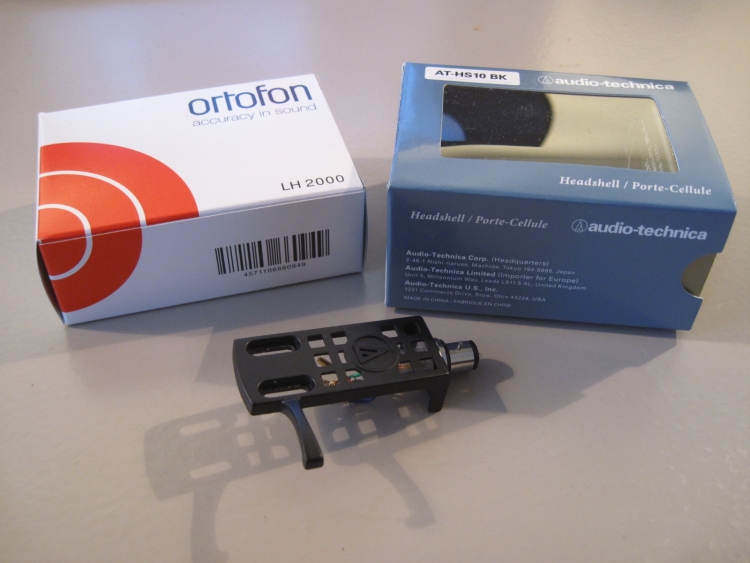
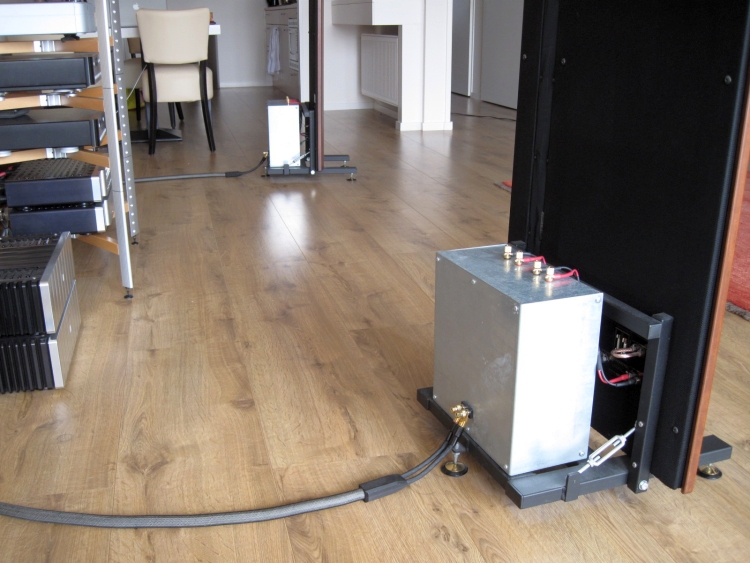
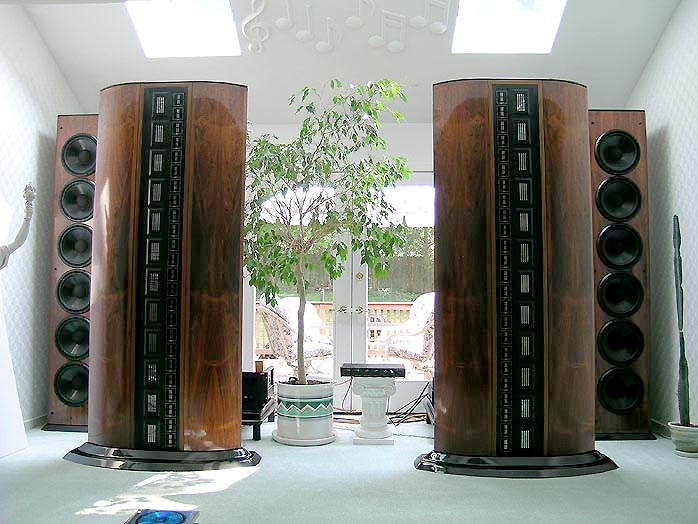
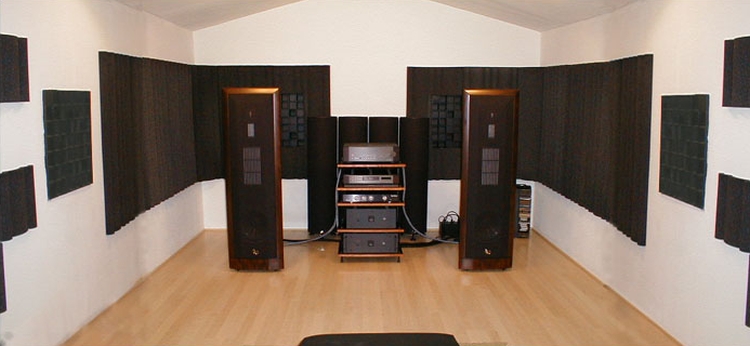
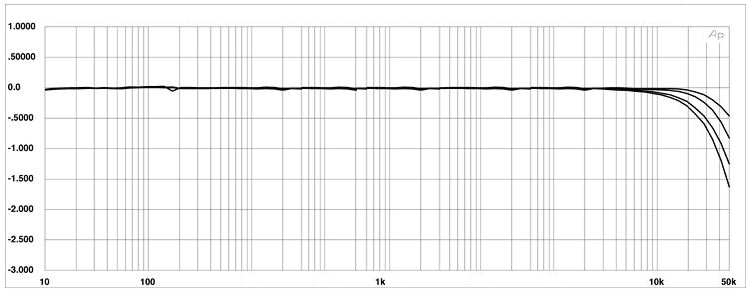
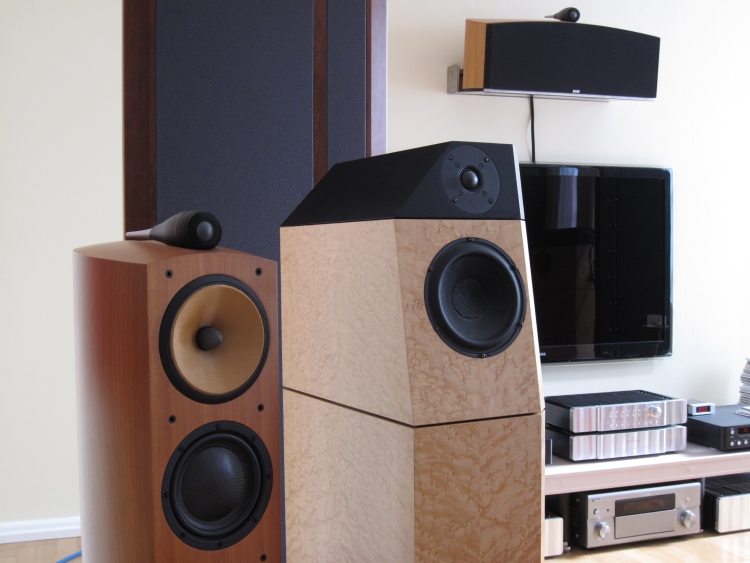
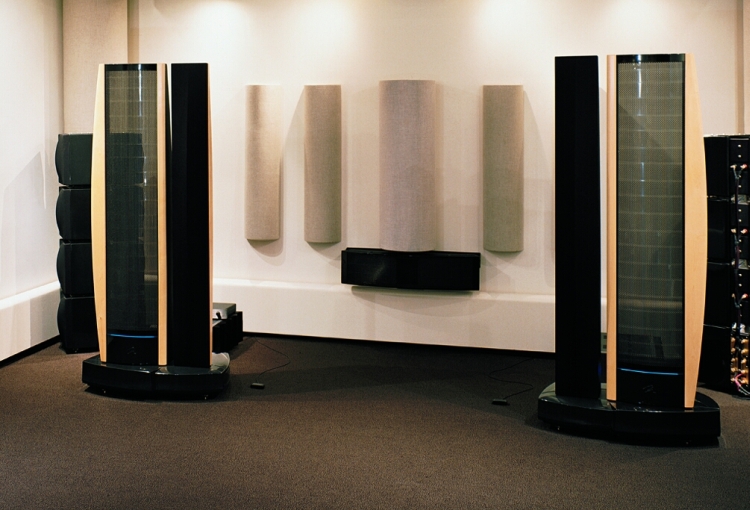
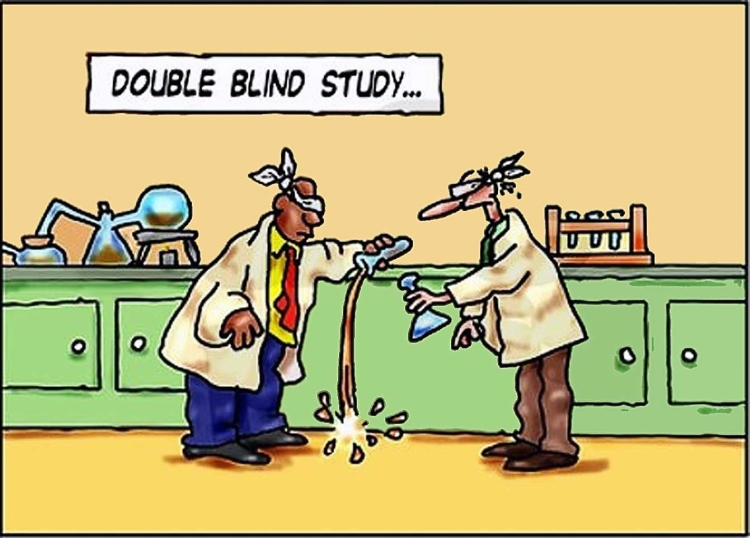
Greetings
Might the concept of ‘foward-goingness’ vs. ‘backward-goingness’ be added to your lexicon of Audiolingo? With a less clumsy descriptor!
You know, you can have all the PRAT, dynamism, lyricism [btw great descriptor for the Callisto usb cable above] and of course well-recorded sources you could wish for. YET, one fidgets, the attention goes awol – its too ‘in yer face’!
Sophisticated gear can deceive [me, anyway] into believing something is ‘wrong’ with a system. When listeners choose to sit metres off-axis, or enjoy music more heard from the next room [!], we have a problem! Not necessarily a component problem but a linguistic, interpretative and marketing one.
Room acoustics and system matching will rightly be cited as the chief culprit, but surely speaker design objectives are also responsible. Myself, I want to recreate that sound of near but not too near in my room. I dont want to stare at a singer’s gyrating larynx when performing, nor a simulacrum of that on record. The sound of a group or orchestra is the gelling together of different parts; the detail is the icing, not the cake.
Speaker designers know what they’re doing. The months spent ‘voicing’ before release are a badge of honour. But they are not telling us what they are aiming for other than a vague reference to suitable floor areas.
The quality of musical sound is so difficult to describe; we need all the help we can get! How about ‘Perceived Performance Proximity’ [PPP]. Oh how we love our acronyms.
My overall adverse experience with speakers led me to some uber-expensive TAD standmounts. They are just not the speakers to have when you are living in happy retirement with your wife, sharing a single living-room space. To achieve excitement they need cranking up lots, which is not to say they arent brilliant speakers, just that I didn’t fully understood their personality when I bought them.
Have you come across the Boenicke [CH] speakers?
What a fantastic ‘journal’ you produce – I guess it is a kind of journey too – I must use the opportunity to thank you for all your unacknowledged advice over time
Cheers
Anthony..
Thanks for the suggestion. I’ve added “Forward” to the Lingo glossary and while at it, refined some bits and bobs and added some more terms. TADs I like a lot, a little surprising that you need to play them loudly to get them going. Are you sure you have the best matching amp for them? Or perhaps you have a model that I haven’t heard. In the demos of the Reference One that I attended, at least, they also sounded great with moderate volume levels and I think I would prefer them to the Wilson WP8 that I have now. Boenicke, sure, a little over-rich perhaps but very nice and highly engaging speakers. I’ve written about them in the EnoSound reports and now that you mention it, I think I should do a proper review on them. I’ll add this to the list.